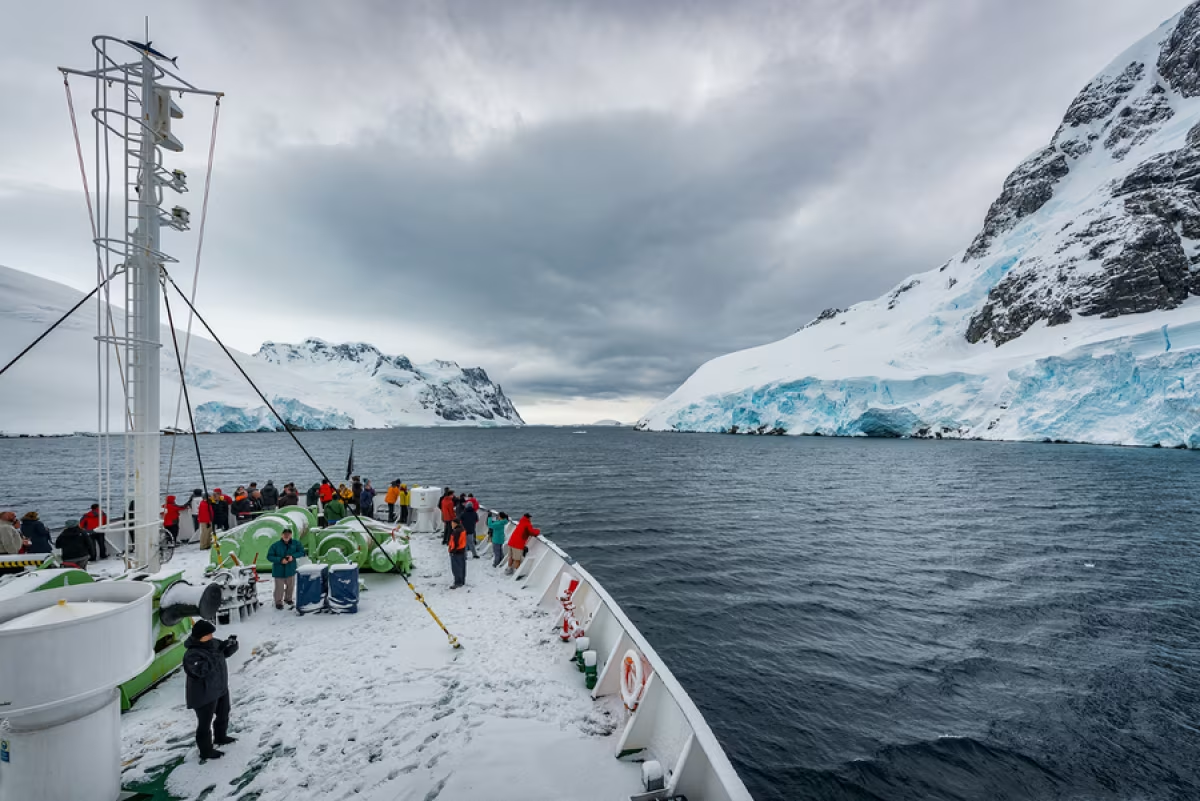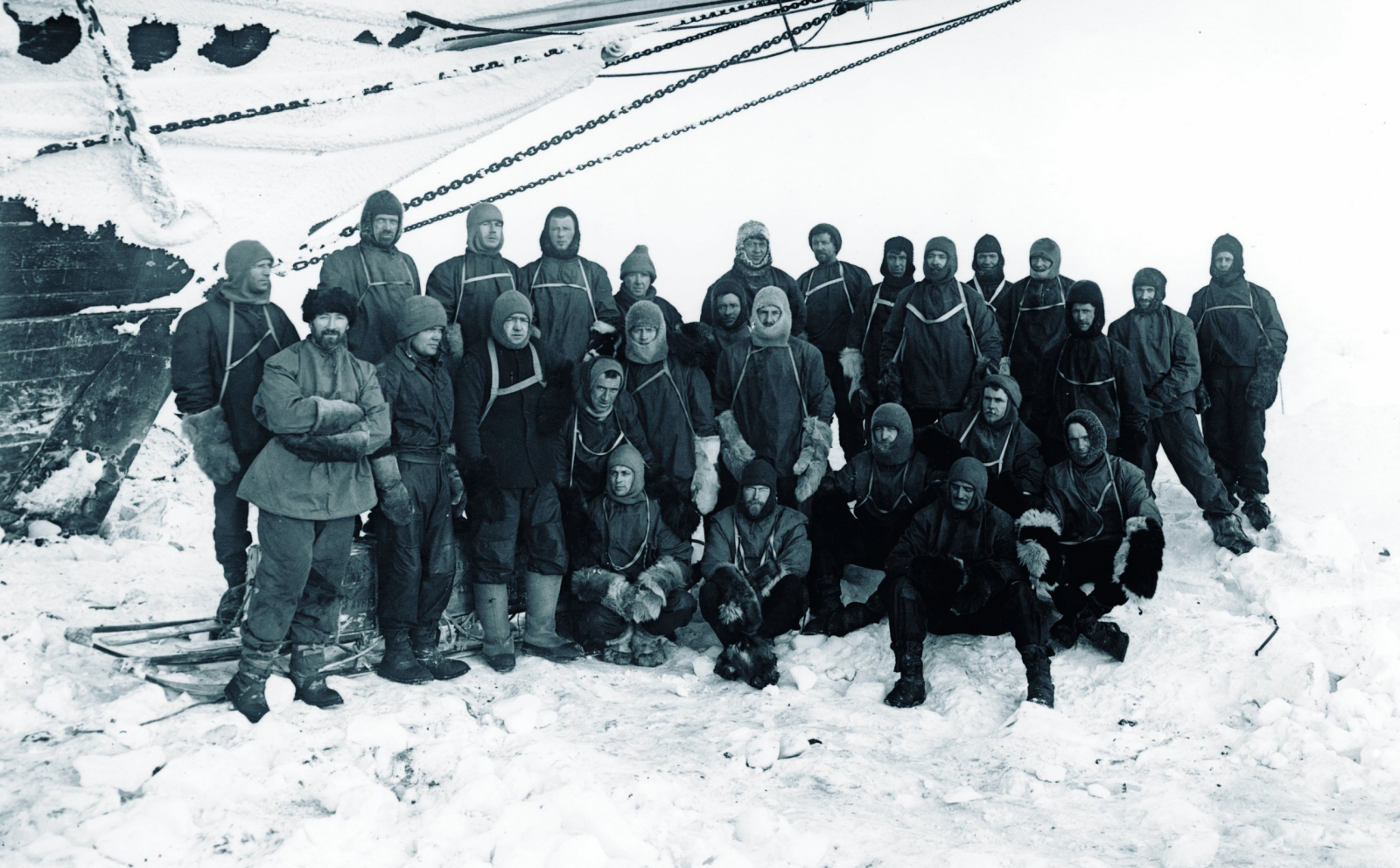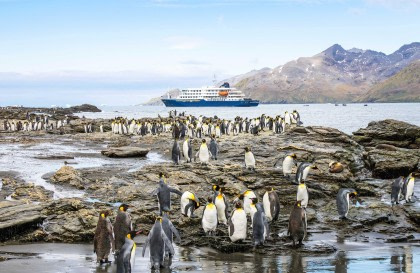When Antarctica was not seen but imagined
For a long time in human history, there was a belief that a large continent must lie at the southern end of the Earth to provide balance to the known lands in the Northern Hemisphere. By the 15th century, many European maps had even placed a sizable landmass called Terra Australis in the far south, though the real continent was to remain undiscovered for quite some time.
Curiosity about what lay at the ends of the Earth increased due to expeditions by Portuguese explorers Bartolomeu Dias and Vasco de Gama, who sailed around the end of Africa in 1488. And in the 1520s, Ferdinand Magellan navigated around the tip of South America, determining that no land bridge to the southern continent actually existed. This discovery further delineated the bounds of Terra Australis, the hypothetical terrain that would one day be called Antarctica.
Captain Cook’s encounter with Antarctic ice
A few hundred years after Magellan, Captain James Cook was commissioned by the British Royal Navy to explore as close to the South Pole as possible. In 1773 Cook’s HMS Resolution crossed the Antarctic Circle, recording different types of ice, some of which resembled small islands while others stretched as far as the eye could see. The expedition overall was successful, as Cook came within 500 km (300 miles) of Antarctica.
The next year, Cook pushed farther south, sailing to the opposite side of the continent before encountering impenetrable ice. He was naturally disappointed that he didn’t get farther, but he wrote in his diary that “attempting it would have been a dangerous and rash enterprise.” To Cook, his crew’s safety was paramount.
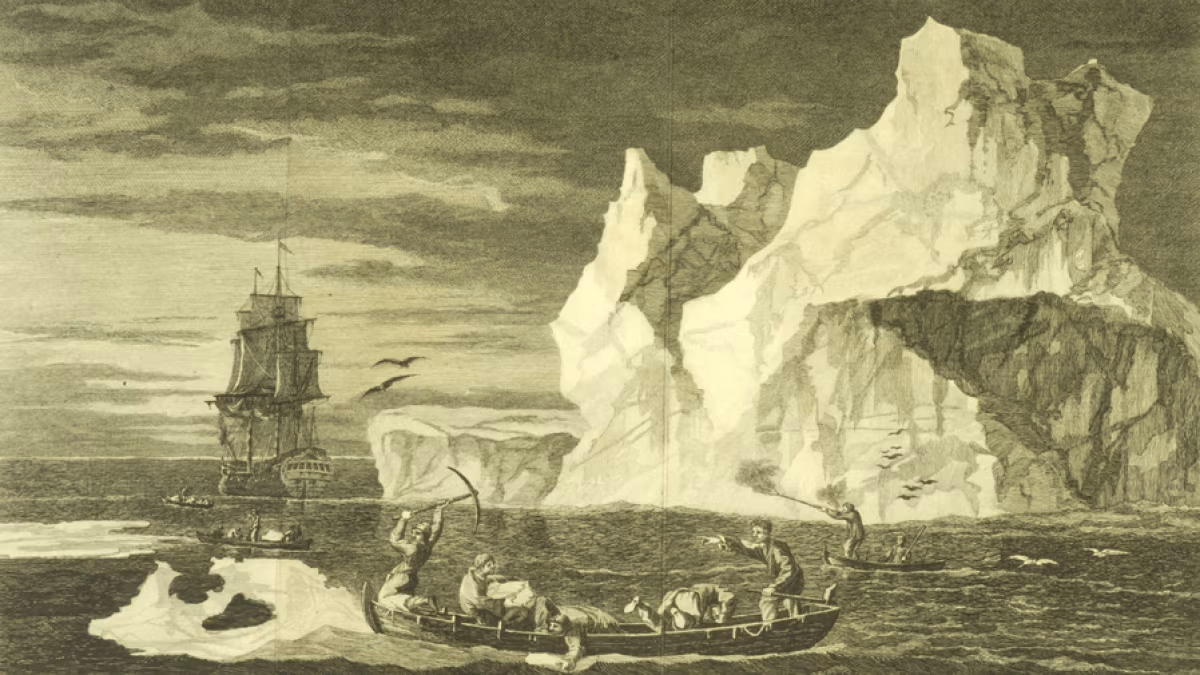
Ross’s big push for the South Magnetic Pole
By the start of the 19th century, there was a great interest in reaching the South Pole and finding out the true extent of the far southern landmasses. The most successful expedition towards the pole was led by James Clark Ross, whose Royal Navy expedition lasted from 1839 to 1843. Ross was already an accomplished explorer, having located the North Magnetic Pole, and now he was determined to find its opposite.
In this expedition, Ross encountered the Great Ice Barrier, now named the Ross Ice Shelf. He also passed by two volcanoes, naming them Mount Erebus and Mount Terror after his ships, as well as discovered Cape Adare and McMurdo Sound. However, he was unable to reach the South Magnetic Pole.
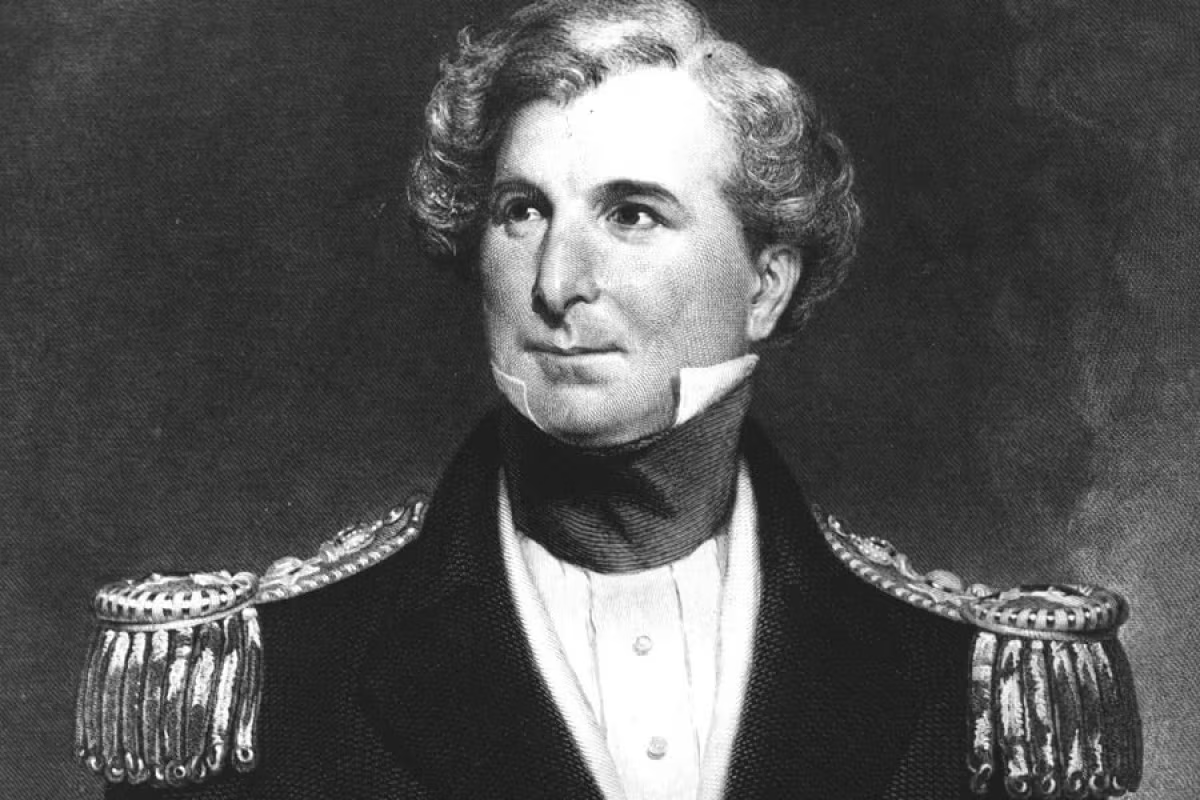
Overreaching Ross by overwintering in Antarctica
In 1899, Carsten Borchgrevink led an expedition that aimed to exceed Ross’ achievements. Borchgrevink already had polar experience: Four years earlier, he along with six others rowed towards a small beach on Cape Adare and made the first-known landing on the Antarctic mainland. Returning back to this location on his vessel, Southern Cross, Borchgrevink intended to set up a base.
There he intended to be the first to overwinter in Antarctica as well as discover the Magnetic South Pole. Camp Ridley, which consisted of prefabricated huts, was quickly established at Cape Adare. After spending a brutal winter in which the crew nearly burnt their huts down, Borchgrevink and his men were picked up again by the Southern Cross.
They headed south towards the Ross Ice Shelf, landing on Possession Island before heading across the shelf. While they did not find the South Magnetic Pole either, they made it farther south than anyone had before.
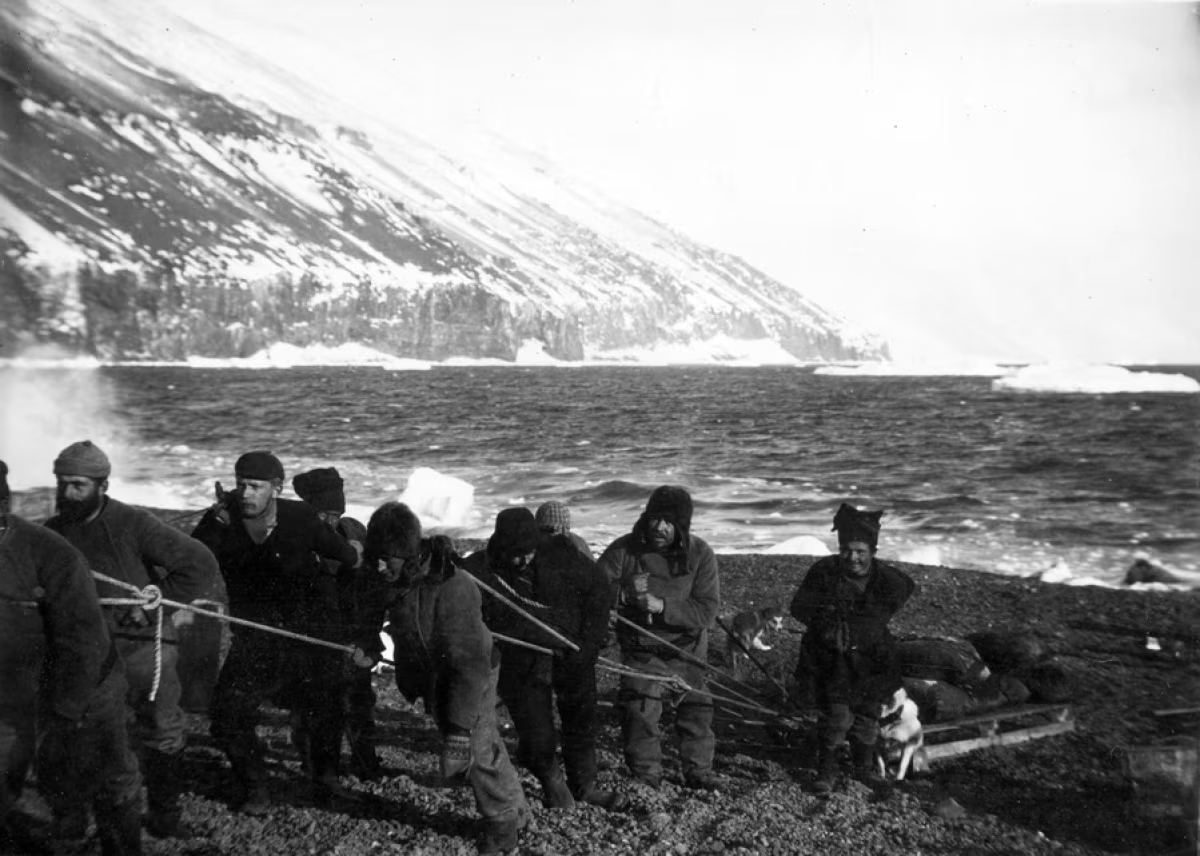
Scott’s ship provides an Antarctic base
In 1901, Robert Falcon Scott led the Royal Navy Expedition to Antarctica with the public aim of research. Privately, however, Sir Clements Markham, president of the Royal Geographical Society and the champion of Scott’s expedition, wanted Scott to reach the South Pole. By March of the following year, Scott had reached the Antarctic continent and had his ship Discovery frozen into McMurdo Sound.
With three years of food onboard, Scott and his crew were more than prepared to spend the winter in Antarctica. One initiative to keep the men entertained for the long winter was the creation of a newspaper, South Polar Times. Following the winter, Scott made a push towards the South Pole, but before long the team encountered difficulties on the Great Ice Barrier. The men and dogs made little progress each day.
While they were unsuccessful in reaching the South Pole, they had travelled 1,370 km (850 miles), the longest journey made in Antarctica and the closest anyone had yet been to the South Pole.
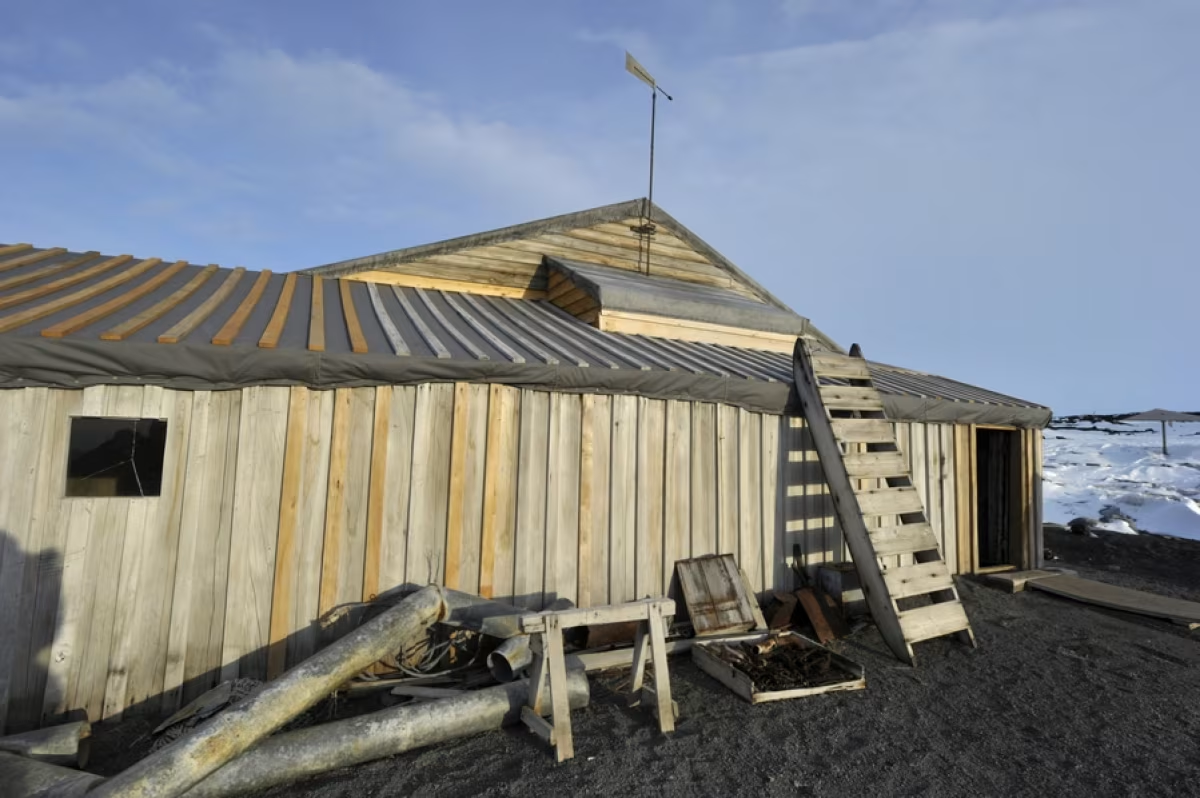
Shackleton and the gateway to the South Pole
In 1907, it was announced that Ernest Shackleton was leading an expedition that would reach both the South Magnetic Pole as well as the Geographic South Pole. Once he reached the continent in 1908, Shackleton divided his men into several teams. Before winter set in, one of the teams had already climbed Mount Erebus.
After winter the real focus of the expedition was underway: One party made its way to the Victoria Land Plateau towards the Magnetic South Pole, and a month later Shackleton began his own trek towards the Geographic South Pole. However, the going was tough. Shackleton decided to leave the sledge dogs behind and use ponies to haul the equipment.
By November, they reached Scott’s location. While they did not achieve the ultimate prize of reaching the Geographic South Pole, the other party claimed to have found the South Magnetic Pole. In addition, they discovered Beardmore Glacier, known as the gateway to the South Pole.
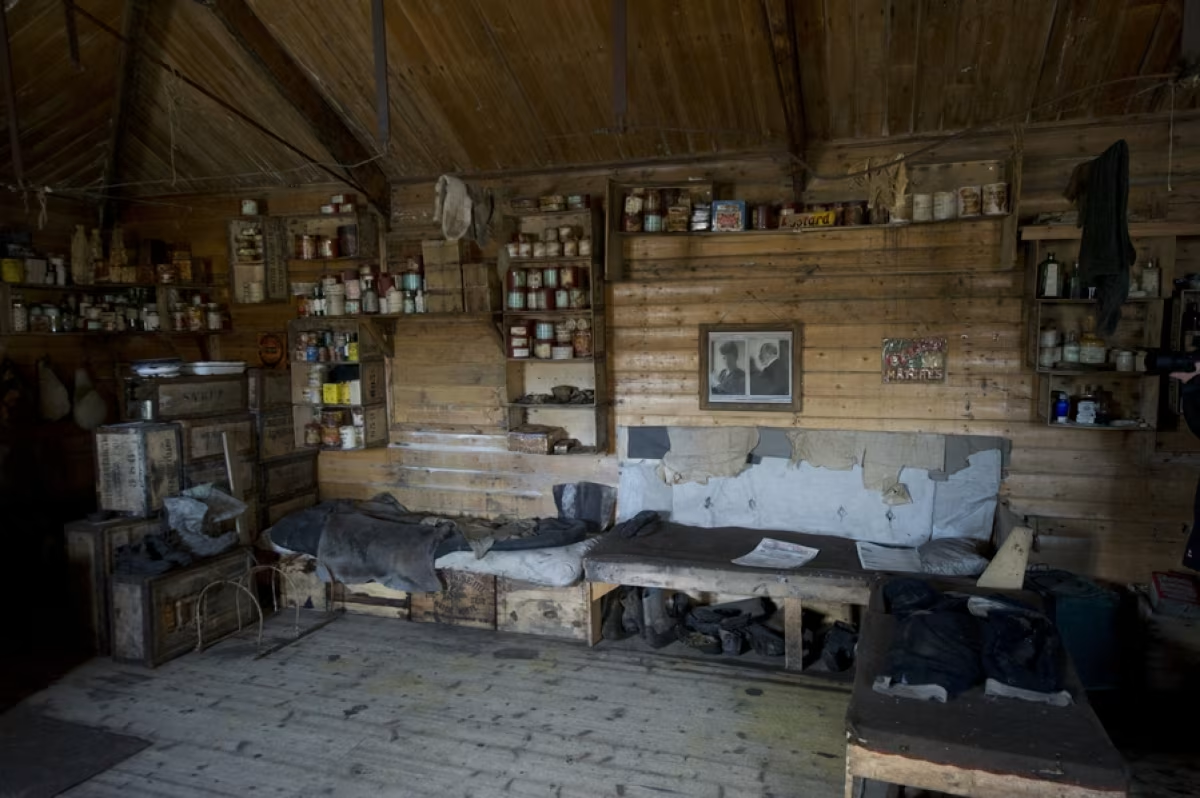
Retracing the routes of Antarctica’s great explorers
Today you can see the world these great explorers charted by embarking on your own Antarctica trip. On certain voyages you can even visit their huts. In Cape Adare, Borchgrevink’s historic hut still stands amongst one of the largest Adélie penguin colonies in world, containing over 250,0000 pairs.
Shackleton’s hut is also preserved, designated an Antarctic Specially Protected Area cared for by the Antarctic Heritage Trust as part of the Ross Sea Heritage Restoration Project. Shackleton’s hut will certainly impress all that visit it, offering views of the Transantarctic Mountains, Mount Erebus, Barne Glacier, and McMurdo Sound.
Everything in the hut has been left just the way it was when his crew lived there: Boxes of maize lie around outside, while inside the shelves are stacked with various tinned meats and vegetables. The crew’s clothes still hang on hooks and the laundry line.
